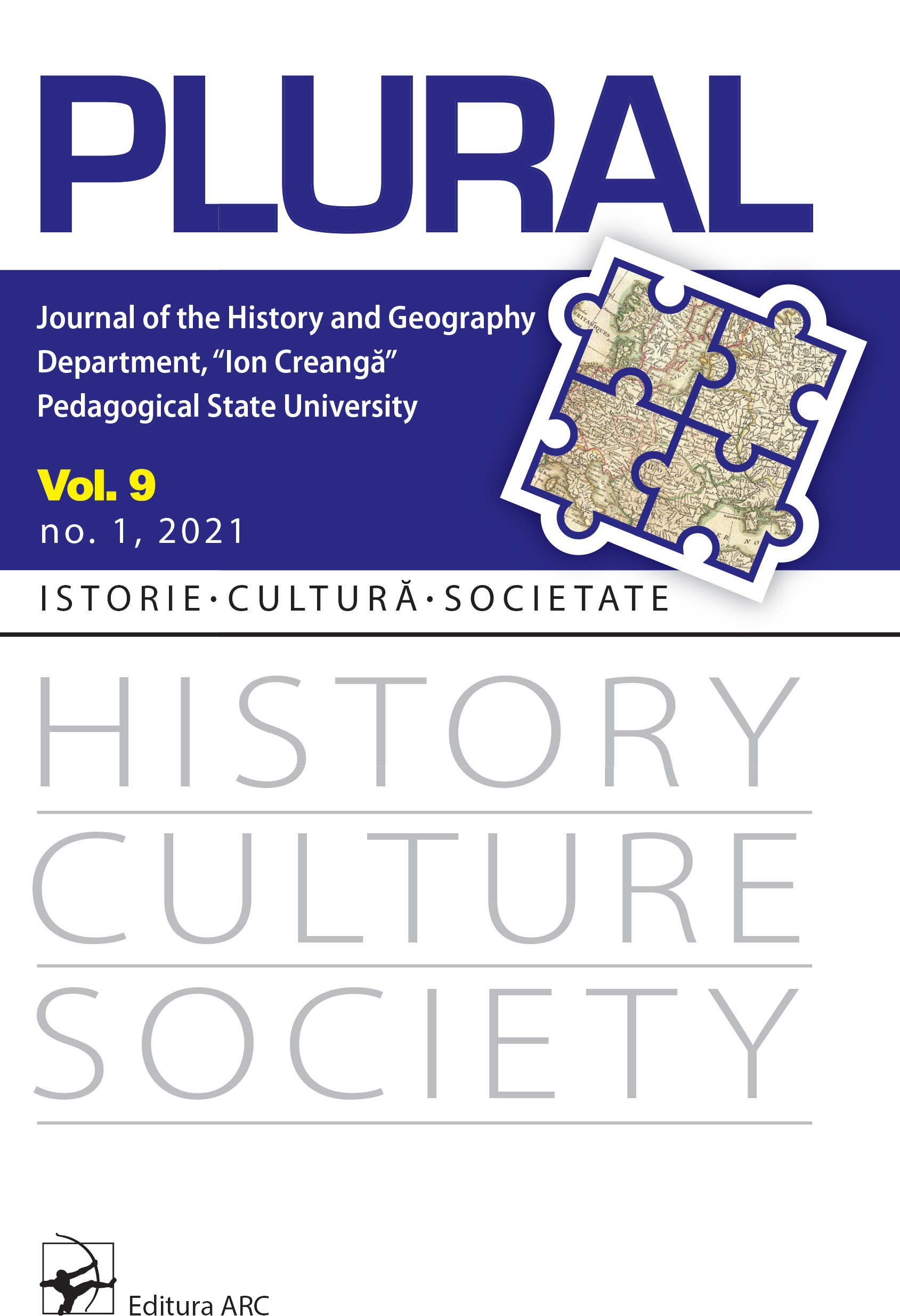Public Examinations in Romanian Secondary Schools at the End of the 19th Century and the Beginning of the 20th Century
Public Examinations in Romanian Secondary Schools at the End of the 19th Century and the Beginning of the 20th Century
Author(s): Ramona CarameleaSubject(s): History, Comparative history, History of ideas, 19th Century
Published by: Facultatea de Istorie și Geografie, Universitatea Pedagogică de Stat „Ion Creangă”
Keywords: secondary school;examination;social mobility;meritocracy;
Summary/Abstract: The article offers a historical perspective on examination in public secondary schools at the end of the 19th century and the beginning of the 20th century –a period of maximum expansion of secondary education. The first part of the article focuses on the institutionalization and formalization of examination practices, while the second one discusses the shaping of the examinations as a topic, following the discourses produced by different social actors. In the second half of the 19th century, the school was perceived as an instrument for social mobility based on the meritocratic ideal and as an element of national and state building, being given the role of inoculating a national identity. Within this socio-educational context, secondary schools represent the recruitment pool of the administrative elite and ensure the acquisition of cultural capital necessary for accessing various positions, all these aspects shaping the social functions of exams. The documentary analysis based on archival sources revealed a nuanced social perspective, in which the teaching staff and the parents give new meanings to the concept of examination and design new functions for exams.
- Issue Year: 9/2021
- Issue No: 1
- Page Range: 31-52
- Page Count: 22
- Language: English

